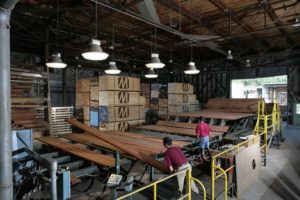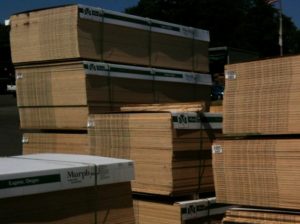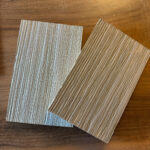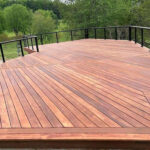I’m knocking on wood as I say this but it does seem that business is picking up and this recession may be waning. However there are some alarming things happening in the building trade that we see as a supplier of everything from plywood to rough lumber. Manufactured and engineered products like moulding and plywood prices seemed to have stalled over the last 5-8 years while hardwoods and softwoods continue to climb in price. How is it possible when the raw materials to make plywood and millwork go up? The only answer can be that manipulation of administrative and operational elements is going on to reduce the cost of manufacture to offset the rising raw material cost. This manipulation could bode very poorly for the end user of these products.
Meeting the Grade

More, More, More!

So the upshot of all this is a little disturbing. More lower quality material floods the market. This lower quality becomes the accepted norm and buyers roll their eyes when they hear how great things used to be. Now quality isn’t a value add so price becomes the only qualifying factor.
The problem is that there are still many manufacturers who don’t see the widening grade ranges as an opportunity to slack but rather an opportunity to exceed expectations and produce plywood and millwork at the top or above the grading guidelines. The rub lies in the fact that high quality product producers are struggling and mediocre and poor quality producers just keep adjusting materials cost to play the lowest bidder game. Where does it stop?
Has the overall expectation of the market dropped and now so-so material is “the good stuff”??
Has the overall expectation of the market dropped and now so-so material is “the good stuff”??
J. Gibson McIlvain has some very discerning customers that demand the best from their millwork and plywood and we have been forced to continually seek out new manufacturers who have the same high standards we do. We run all our millwork in house so we can maintain the quality. This is a tough road to follow because there will always be someone offering your “same” product at a lower price. The disparity in product quality is something that can’t just be measured by the industry grades anymore and I urge everyone to educate themselves on exactly what you are getting for the price you are paying. If grades need to be adjusted because raw materials can’t meet them any longer then let’s add new grades not just widen what is acceptable with the existing grades.









Leave a Reply